The state's new collaborative, multi-agency effort benefits both job seekers and businesses. | File photo
The state's new collaborative, multi-agency effort benefits both job seekers and businesses. | File photo
Gov. Larry Hogan has announced a revised workforce plan that was approved by the U.S. Departments of Labor and Education.
Division of Workforce Development and Adult Learning Assistant Secretary James Rzepkowski said a detailed plan was made in 2016 and Hogan had the opportunity to revise it this year.
"The most important aspect of that plan is that it really details a collaborative multi-agency effort that benefits our customers, which are both job seekers and businesses," Rzepkowski said in an interview with Maryland State Wire.
Rzepkowski said "collaborative" and "multi-agency" are key in this aspect.
"The idea is to bring all agencies together to assist the customer in the skills they need and finding a job that meets their needs," Rzepkowski said.
Rzepkowski said each agency brings together a piece of the customer's story together to address the whole customer.
"The plan will help benefit residents and communities by bringing together all the different agencies and programs to address the individual's needs in their entirety," Rzepkowski said.
Hogan said the announcement affirms and furthers the administration's effort to bolster the workforce in Maryland.
"The new State Workforce Plan is the product of an unprecedented level of collaboration between state and local agencies, and will provide our state with a blueprint for an integrated, industry-driven system that places our citizens at the heart of decision-making," Hogan said in a news release.
The revised plan adds three new programs: the Community Services Block Grant, the Unemployment Insurance Program, and a Senior Community Service Employment Program. Rzepkowski said there are additional initiatives within the state plan, including a career pathways program and a re-entry program.
"Career pathways is a fancy way of saying that you don't just get a job, you want to get skills and a job that leads to something else," Rzepkowski said.
In that program, they are looking at individuals with low levels of literacy and the having a high school diploma.
Rzepkowski said the number of prisoners in the state has decreased over the last few years, from approximately 26,000 to 20,000.
"We have re-entry navigators working with those just coming out of prison to direct them to our American job centers so that when they are released if they have skills or credentials they earned behind the fence, we can immediately connect them with additional training outside the fence," Rzepkowski said. "We can then connect them with businesses who are open to hiring ex-offenders because we know that the two significant things that lead to an individual not recidivating are a supportive family and employment."
Rzepkowski said the workforce plan is a federally funded program through various entities, including the U.S. Department of Labor, Temporary Assistance for Needy Families, and the Supplemental Nutrition Assistance Program.
"The biggest obstacle is that all of these agencies have different data and technology that collect the data and implement the programs," Rzepkowski said. "Many of our legacy technology systems do not communicate. The challenge for us is if we're going to look at the whole customer, we have different systems to track a customer so there is a lot of redundancy in entering data that we might need to enter into several different systems."
Rzepkowski said they're working with their partners to import the data into one system.
"The other challenge is that all these different agencies speak different languages," Rzepkowski said. "When I say that, I mean the word 'exit' could mean three different things depending on the definition of three different agencies."
Rzepkowski said coming up with common terms, definitions and performance measures is a challenge, but that they are making progress.
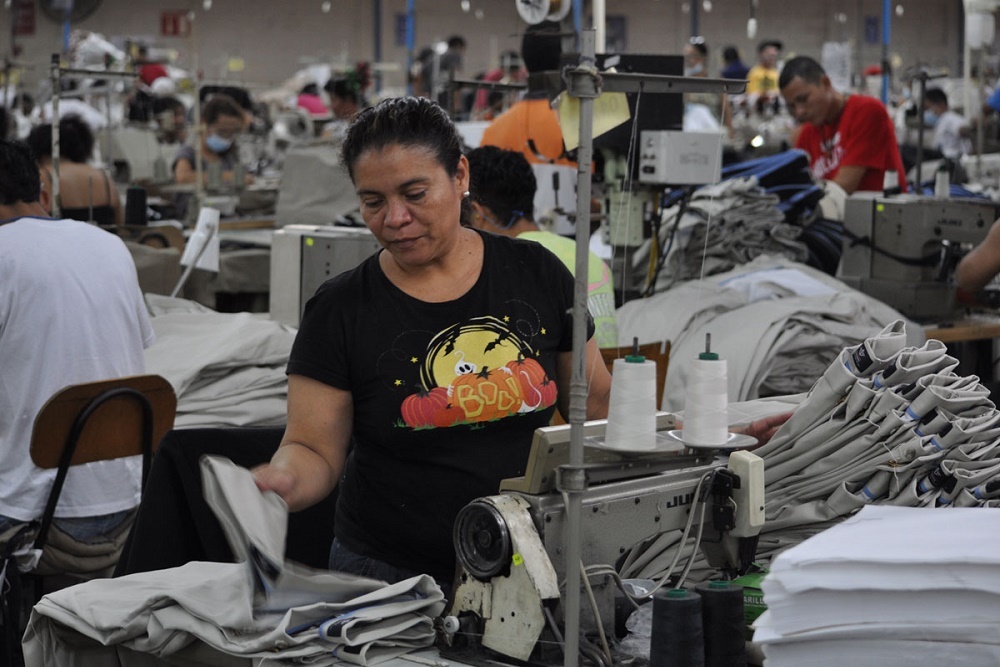
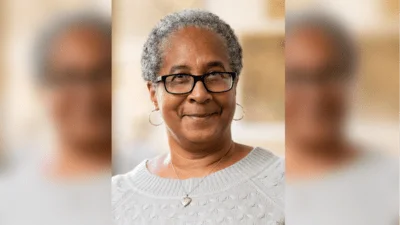
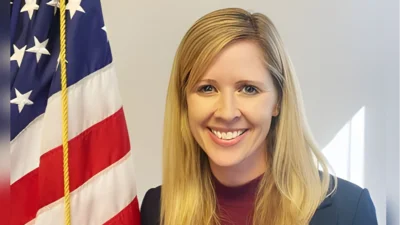
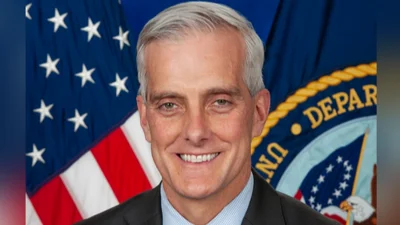

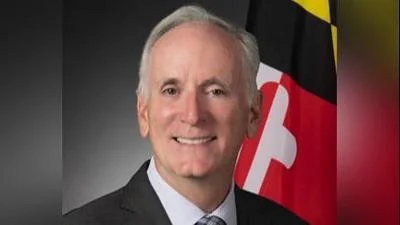
 Alerts Sign-up
Alerts Sign-up